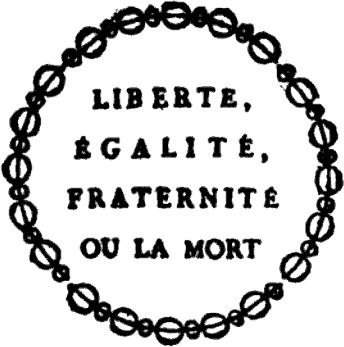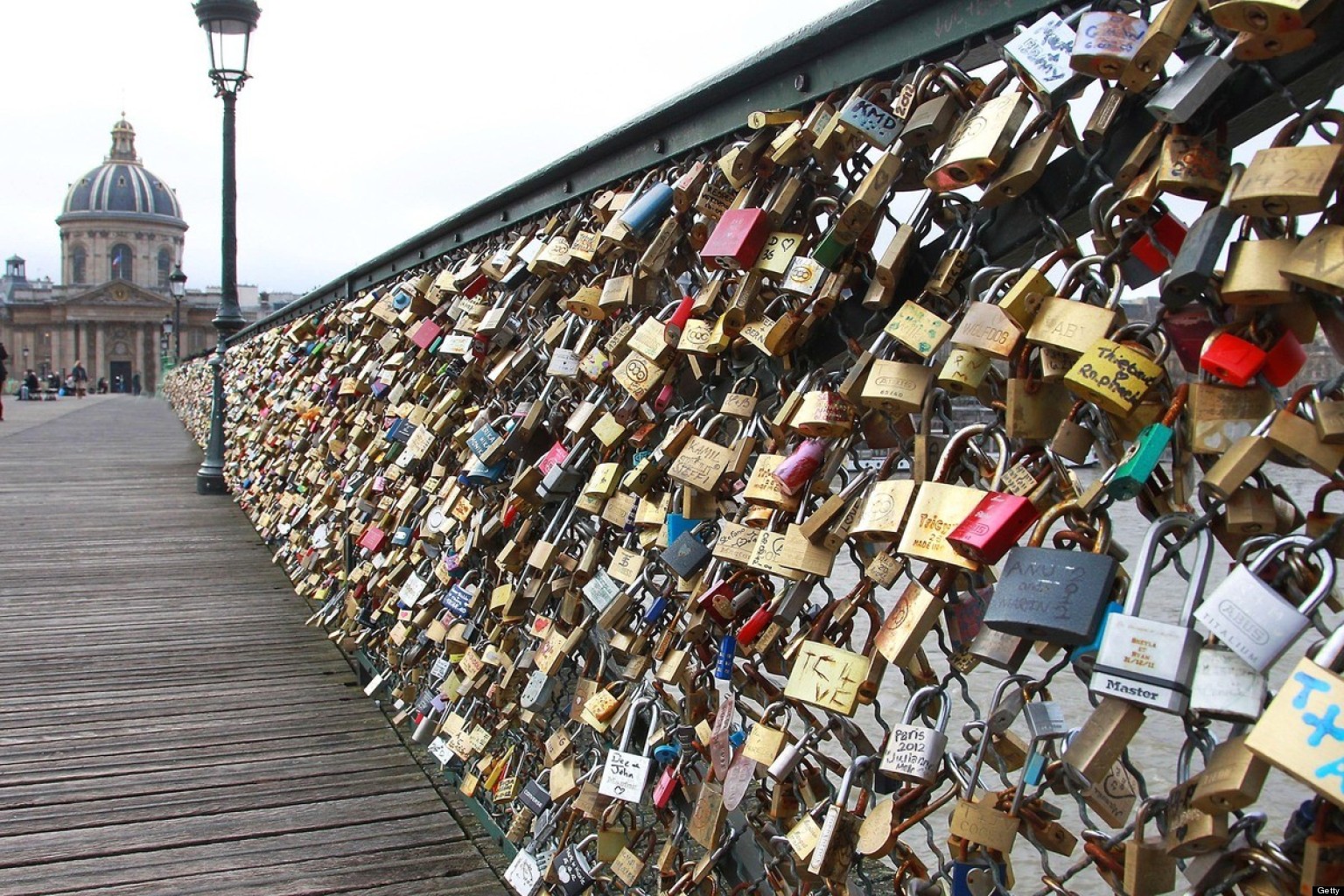
These three locations in Nevada, China (near Hangzhou) and Paris, France, have something in common. People the world over travel to these three places to see what they share. But only one has an original. In this case, we’re talking about the Eiffel Tower.
Now, this architectural grand theft is subject to a lengthy debate — the merits of mimicry, on a vast scale. There is even a fascinating coffee table sized book dedicated to this growing trend: Original Copies: Architectural Mimicry in Contemporary China, by Bianca Bosker.
Interestingly, the copycat trend only seems worrisome if those doing the copying are in a powerful and growing nation, and the copying is done on a national scale, perhaps for some form of cultural assimilation. After all, we don’t hear similar cries when developers put up a copy of Venice in Las Vegas — that’s just for entertainment we are told.
Yet haven’t civilizations borrowed, and stolen, ideas both good and bad throughout the ages? The answer of course is an unequivocal yes. Humans are avaricious collectors of memes that work — it’s more efficient to borrow than to invent. The Greeks borrowed from the Egyptians; the Romans borrowed from the Greeks; the Turks borrowed from the Romans; the Arabs borrowed from the Turks; the Spanish from the Arabs, the French from the Spanish, the British from the French, and so on. Of course what seems to be causing a more recent stir is that China is doing the borrowing, and on such a rapid and grand scale — the nation is copying not just buildings (and most other products) but entire urban landscapes. However, this is one way that empires emerge and evolve. In this case, China’s acquisitive impulses could, perhaps, be tempered if most nations of the world borrowed less from the Chinese — money that is. But that’s another story.
[div class=attrib]From the Atlantic:[end-div]
The latest and most famous case of Chinese architectural mimicry doesn’t look much like its predecessors. On December 28, German news weekly Der Spiegel reported that the Wangjing Soho, Zaha Hadid’s soaring new office and retail development under construction in Beijing, is being replicated, wall for wall and window for window, in Chongqing, a city in central China.
To most outside observers, this bold and quickly commissioned counterfeit represents a familiar form of piracy. In fashion, technology, and architecture, great ideas trickle down, often against the wishes of their progenitors. But in China, architectural copies don’t usually ape the latest designs.
In the vast space between Beijing and Chongqing lies a whole world of Chinese architectural simulacra that quietly aspire to a different ideal. In suburbs around China’s booming cities, developers build replicas of towns like Halstatt, Austria and Dorchester, England. Individual homes and offices, too, are designed to look like Versailles or the Chrysler Building. The most popular facsimile in China is the White House. The fastest-urbanizing country in history isn’t scanning design magazines for inspiration; it’s watching movies.
At Beijing’s Palais de Fortune, two hundred chateaus sit behind gold-tipped fences. At Chengdu’s British Town, pitched roofs and cast-iron street lamps dot the streets. At Shanghai’s Thames Town, a Gothic cathedral has become a tourist attraction in itself. Other developments have names like “Top Aristocrat,” (Beijing), “the Garden of Monet” (Shanghai), and “Galaxy Dante,” (Shenzhen).
Architects and critics within and beyond China have treated these derivative designs with scorn, as shameless kitsch or simply trash. Others cite China’s larger knock-off culture, from handbags to housing, as evidence of the innovation gap between China and the United States. For a larger audience on the Internet, they are merely a punchline, another example of China’s endlessly entertaining wackiness.
In short, the majority of Chinese architectural imitation, oozing with historical romanticism, is not taken seriously.
But perhaps it ought to be.
In Original Copies: Architectural Mimicry in Contemporary China, the first detailed book on the subject, Bianca Bosker argues that the significance of these constructions has been unfairly discounted. Bosker, a senior technology editor at the Huffington Post, has been visiting copycat Chinese villages for some six years, and in her view, these distorted impressions of the West offer a glance at the hopes, dreams and contradictions of China’s middle class.
“Clearly there’s an acknowledgement that there’s something great about Paris,” says Bosker. “But it’s also: ‘We can do it ourselves.'”
Armed with firsthand observation, field research, interviews, and a solid historical background, Bosker’s book is an attempt to change the way we think about Chinese duplitecture. “We’re seeing the Chinese dream in action,” she says. “It has to do with this ability to take control of your life. There’s now this plethora of options to choose from.” That is something new in China, as is the role that private enterprise is taking in molding built environments that will respond to people’s fantasies.
While the experts scoff, the people who build and inhabit these places are quite proud of them. As the saying goes, “The way to live best is to eat Chinese food, drive an American car, and live in a British house. That’s the ideal life.” The Chinese middle class is living in Orange County, Beijing, the same way you listen to reggae music or lounge in Danish furniture.
In practice, though, the depth and scale of this phenomenon has few parallels. No one knows how many facsimile communities there are in China, but the number is increasing every day. “Every time I go looking for more,” Bosker says, “I find more.”
How many are there?
“At least hundreds.”
[div class=attrib]Read the entire article after the jump.[end-div]
[div class=attrib]Image: Tianducheng, 13th arrondissement, Paris in China. Courtesy of Bianca Bosker/University of Hawaii Press.[end-div]




